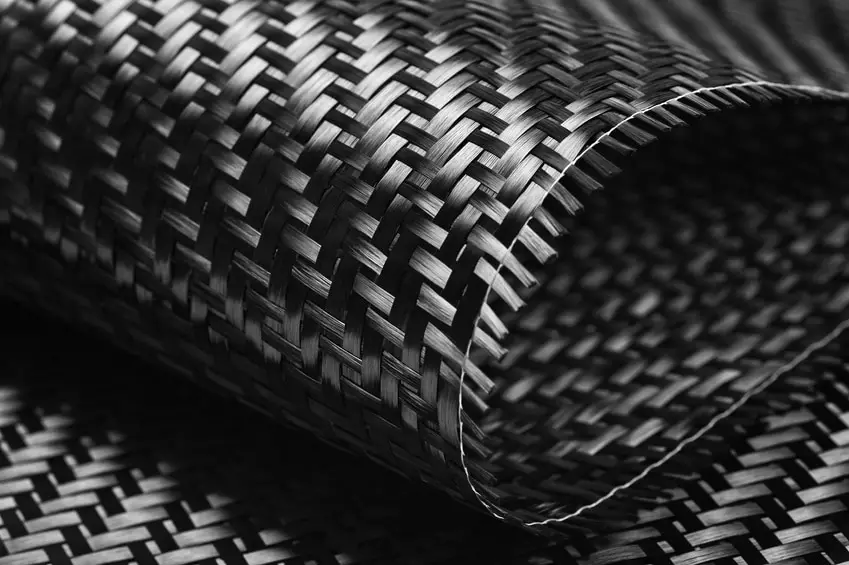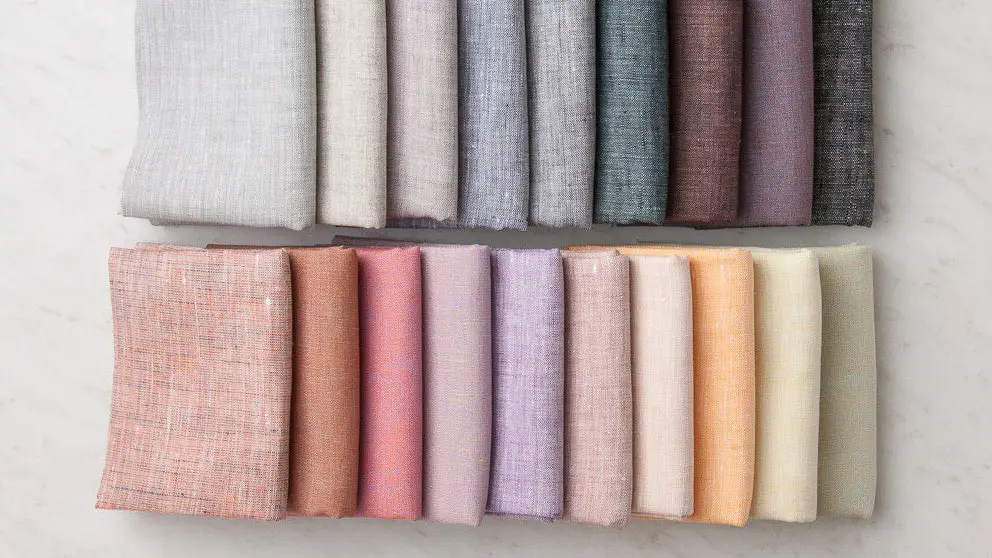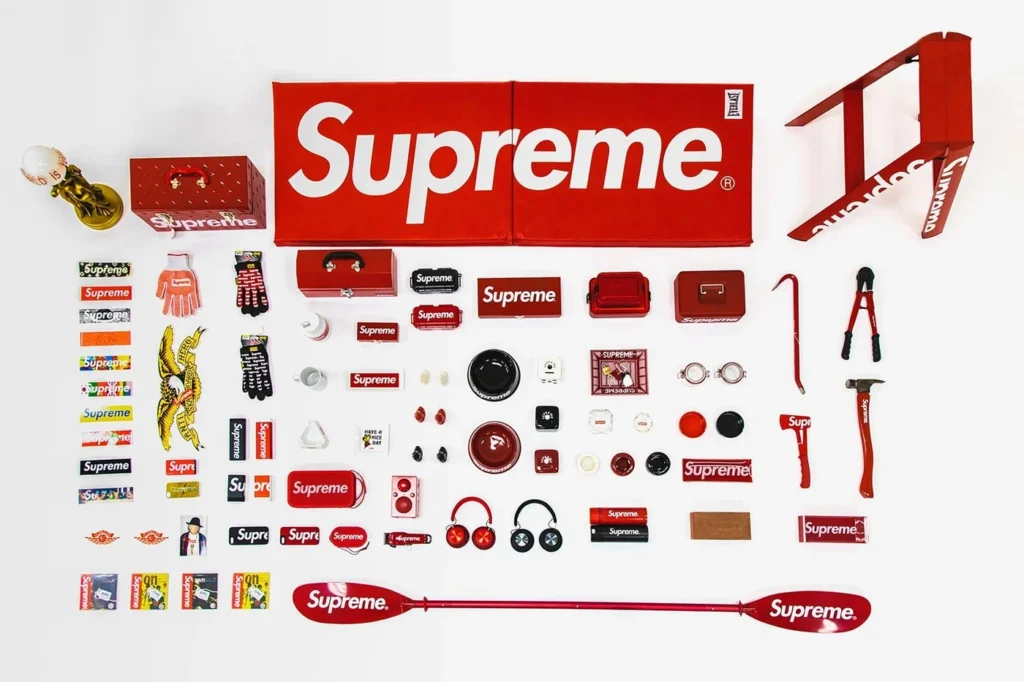Why Is Carbon Fiber So Expensive?
Carbon fiber is a type of material that has gained popularity in recent years due to its unique properties and versatility. It is known for its high strength, low weight, and durability, making it an ideal choice for a variety of applications ranging from aerospace to sporting goods. However, despite its many benefits, carbon fiber is also known for being expensive. In this article, we will delve into the reasons behind the high cost of carbon fiber and explore the factors that contribute to its price.
First and foremost, carbon fiber is expensive because it is a high-tech material that requires a complex and costly production process. The production of carbon fiber involves several stages, including the conversion of raw materials into fibers, the formation of fibers into yarn, and the conversion of yarn into a fabric or sheet. Each of these stages requires specialized equipment and processes, which contribute to the high cost of carbon fiber.
One of the primary raw materials used in the production of carbon fiber is polyacrylonitrile (PAN), which is a synthetic polymer. PAN is typically derived from petroleum, which is a finite resource that is subject to fluctuating prices. This can contribute to the cost of carbon fiber, as the price of raw materials has a direct impact on the price of the final product.
Another factor that contributes to the high cost of carbon fiber is the energy-intensive nature of its production process. The production of carbon fiber requires high temperatures, which means that a significant amount of energy is needed to produce it. This energy is derived from fossil fuels, which are also subject to fluctuating prices and can add to the cost of carbon fiber.
In addition to the production process, other factors contribute to the high cost of carbon fiber. One of these factors is the limited availability of carbon fiber, as it is not produced in large quantities. This means that the demand for carbon fiber often exceeds the supply, which can drive up its price.
Another factor that contributes to the high cost of carbon fiber is the lack of competition in the market. Carbon fiber is often produced by a select few manufacturers, which can limit the competition and increase the price of the material.
Finally, the high cost of carbon fiber can also be attributed to the costs associated with research and development. Carbon fiber is a constantly evolving material, and manufacturers must invest in research and development to improve its properties and develop new applications. This investment can contribute to the high cost of carbon fiber.
In conclusion, carbon fiber is expensive due to the complex and energy-intensive nature of its production process, the limited availability of the material, the lack of competition in the market, and the costs associated with research and development. While carbon fiber may be more expensive than other materials, its unique properties and versatility make it well worth the investment for many applications.
Frequently Asked Questions
What is carbon fiber?
Carbon fiber is a strong, lightweight material made from thin strands of carbon atoms bonded together in a crystalline structure. It is used in a variety of applications, including aerospace, automotive, and sporting goods. Carbon fiber is five times stronger than steel and twice as stiff, yet it is much lighter than steel. It is also resistant to corrosion and has a high heat tolerance.
How is carbon fiber made?
Carbon fiber is made from a polymer called polyacrylonitrile (PAN). The PAN is heated to extremely high temperatures, which causes the molecules to break down and form long strands of carbon atoms. These strands are then woven together to form a fabric. The fabric is then heated again, this time in an oxygen-free environment, which causes the carbon atoms to bond together and form a strong, lightweight material.
How strong is carbon fiber?
Carbon fiber is incredibly strong and lightweight. It is five times stronger than steel and twice as stiff. It is also very resistant to corrosion and has a high strength-to-weight ratio.
How to make carbon fiber?
1. Gather the materials needed to make a carbon fiber bike frame. This includes carbon fiber fabric, epoxy resin, a mold, a vacuum bag, a vacuum pump, and a release agent.
2. Prepare the mold for the frame. This includes sanding the mold to ensure a smooth surface and applying a release agent to prevent the frame from sticking to the mold.
3. Cut the carbon fiber fabric into the desired shape for the frame.
4. Lay the carbon fiber fabric into the mold and use the vacuum bag and vacuum pump to create a vacuum seal.
5. Mix the epoxy resin according to the manufacturer’s instructions and apply it to the carbon fiber fabric.
6. Allow the epoxy to cure for the recommended amount of time.
7. Remove the frame from the mold and sand it to remove any excess epoxy.
8. Paint the frame with a protective coating to prevent corrosion.
9. Assemble the frame and attach the components.
10. Enjoy your new carbon fiber bike frame!
How much is carbon fiber?
The cost of carbon fiber varies depending on the type and quality of the material. Generally, high-quality carbon fiber can cost anywhere from $10 to $30 per pound, while lower-quality carbon fiber can cost as little as $5 per pound.
How to cut carbon fiber?
1. Mark the cut line on the carbon fiber with a permanent marker.
2. Secure the carbon fiber in a vise or clamp.
3. Use a fine-toothed saw to cut the carbon fiber along the marked line.
4. Sand the edges of the cut carbon fiber with fine-grit sandpaper to smooth out any rough edges.
5. Apply a thin layer of epoxy to the cut edges of the carbon fiber to seal them and prevent fraying.
How to make carbon fiber parts?
1. Start by cutting the carbon fiber fabric into the desired shape. Use a sharp pair of scissors or a utility knife to cut the fabric.
2. Lay the carbon fiber fabric onto a flat surface and apply a layer of epoxy resin. Use a brush to spread the resin evenly over the fabric.
3. Place a release film over the resin-covered fabric and use a roller to press it down. This will help to ensure that the resin is evenly distributed.
4. Place the fabric into a vacuum bag and seal it. Use a vacuum pump to remove the air from the bag and create a vacuum.
5. Place the vacuum bag into an oven and heat it to the desired temperature. This will help to cure the resin and create a strong bond between the fabric and the resin.
6. Remove the fabric from the oven and allow it to cool. Once cooled, remove the fabric from the vacuum bag and trim any excess fabric.
7. Sand the edges of the part to create a smooth finish.
8. Apply a clear coat of paint or varnish to the part to protect it from the elements.
What is carbon fiber used for?
Carbon fiber is used in a variety of applications, including aerospace, automotive, sporting goods, and medical equipment. It is used to make strong, lightweight components for aircraft, spacecraft, and high-performance race cars. It is also used to make strong, lightweight components for bicycles, boats, and other recreational vehicles. Carbon fiber is also used in the medical field to make prosthetics, braces, and other medical devices.
How to make a mold for carbon fiber?
1. Start by creating a 3D model of the part you want to make in carbon fiber. This can be done using a 3D modelings program such as Solidworks or Autodesk Fusion 360.
2. Once the 3D model is complete, use a 3D printer to print the model in a material such as ABS plastic.
3. Use a vacuum-forming machine to create a mold from the 3D-printed model.
4. Place the mold in a vacuum chamber and apply a vacuum to remove any air bubbles.
5. Place the carbon fiber fabric in the mold and apply a vacuum to ensure the fabric tightly adheres to the mold.
6. Place the mold in an oven and cure the carbon fiber fabric according to the manufacturer’s instructions.
7. Remove the cured carbon fiber part from the mold and you’re done!
What is forged carbon fiber?
Forged carbon fiber is a type of composite material made from carbon fiber and a resin matrix. It is a strong, lightweight material that is used in a variety of applications, including automotive, aerospace, and sporting goods. It is often used in place of traditional materials such as aluminum or steel due to its superior strength-to-weight ratio.
When was carbon fiber invented?
Carbon fiber was invented in 1958 by Roger Bacon.
How to make carbon fiber car parts?
1. Purchase a carbon fiber fabric. Carbon fiber fabric is available in a variety of weights and weave patterns. Choose the fabric that best suits your needs.
2. Cut the fabric to the desired shape and size. Use a sharp pair of scissors or a utility knife to make precise cuts.
3. Apply a layer of epoxy resin to the fabric. Use a brush or roller to spread the resin evenly over the fabric.
4. Place the fabric in a vacuum bag and seal it. This will help to remove any air bubbles and ensure a strong bond between the fabric and the resin.
5. Place the vacuum bag in an oven and cure the resin. Follow the instructions on the resin package for the proper curing temperature and time.
6. Remove the part from the oven and allow it to cool.
7. Trim any excess fabric and sand the part to the desired shape.
8. Apply a clear coat of paint or other finish to the part.
How to clean carbon fiber?
1. Start by wiping down the frame with a damp cloth. This will remove any dirt or dust that has accumulated on the frame.
2. Use a mild soap and water solution to clean the frame. Use a soft cloth or sponge to gently scrub the frame.
3. Rinse the frame with clean water and dry it with a soft cloth.
4. Use a soft brush to remove any stubborn dirt or grime.
5. Use a specialized carbon fiber cleaner to remove any oils or grease that may have accumulated on the frame.
6. Use a soft cloth to buff the frame and restore its shine.
7. Apply a specialized carbon fiber protectant to the frame to protect it from the elements.
How to repair carbon fiber?
1. Clean the damaged area with a soft cloth and mild detergent.
2. Sand the area with fine-grit sandpaper to remove any loose fibers.
3. Apply a thin layer of epoxy resin to the damaged area.
4. Place a piece of carbon fiber cloth over the epoxy and press it down firmly.
5. Allow the epoxy to cure for 24 hours.
6. Sand the area with fine-grit sandpaper to smooth out any rough edges.
7. Apply a thin layer of clear coat to the repaired area.
8. Allow the clear coat to dry for 24 hours.
What does carbon fiber look like?
Carbon fiber is a strong, lightweight material that has a unique appearance. It is made up of thin, strong fibers that are woven together and then bonded with resin. The resulting material has a glossy, black appearance with a unique pattern of small, thin lines.
Why is carbon fiber so strong?
Carbon fiber is strong because it is made up of very thin strands of carbon that are woven together. The strands are very strong and lightweight, and the way they are woven together makes them even stronger. Carbon fiber is also very stiff and has a high tensile strength, which means it can withstand a lot of force before it breaks.
How to lay carbon fiber?
1. Cut the carbon fiber fabric to the desired size and shape.
2. Apply a thin layer of epoxy resin to the surface where the carbon fiber will be laid.
3. Place the carbon fiber fabric onto the surface and press it down firmly.
4. Apply a second layer of epoxy resin over the carbon fiber fabric.
5. Allow the epoxy to cure for the recommended time.
6. Sand the cured epoxy and carbon fiber fabric to the desired shape and finish.
7. Apply a clear coat of epoxy or polyurethane to protect the carbon fiber from the elements.
How to fix cracked carbon fiber?
The best way to fix a cracked carbon fiber is to use a two-part epoxy resin. First, clean the area around the crack with a cloth and acetone. Then, mix the epoxy resin according to the instructions on the package. Apply the epoxy to the crack and allow it to cure. Once cured, sand the area to smooth out any rough edges. Finally, apply a clear coat to protect the repaired area.
How to cut carbon fiber tubes?
1. Mark the cut line on the tube with a permanent marker.
2. Secure the tube in a vise or clamp.
3. Use a fine-toothed saw to cut the tube along the marked line.
4. Sand the cut edge of the tube with fine-grit sandpaper to remove any burrs or sharp edges.
5. Apply a thin layer of epoxy to the cut edge of the tube to seal it.
How to make a carbon fiber hood?
1. Purchase a carbon fiber hood from an automotive parts store or online.
2. Prepare the hood for installation by cleaning it with a degreaser and wiping it down with a clean cloth.
3. Place the hood on a flat surface and use a drill to make holes for the mounting bolts.
4. Place the hood on the car and use the mounting bolts to secure it in place.
5. Apply a sealant to the edges of the hood to ensure a tight seal.
6. Apply a clear coat to the hood to protect it from the elements.
7. Allow the clear coat to dry before driving the car.
What is the strongest material in the world?
The strongest material in the world is currently graphene. It is a single layer of carbon atoms arranged in a hexagonal lattice, and it has a tensile strength of 130 GPa (gigapascals). This is more than 100 times stronger than steel, which has a tensile strength of around 1-2 GPa. Graphene also has other impressive properties, such as high electrical conductivity, high thermal conductivity, and flexibility. However, it is still being developed for practical use, and there are challenges in mass-producing it.
How can you tell real carbon fiber from fake?
There are several ways to tell real carbon fiber from fake:
- Look at the pattern: Real carbon fiber has a distinctive, wavy pattern that is visible on the surface of the material. Fake carbon fiber often has a repeating pattern that looks more like a printed graphic.
- Check the color: Real carbon fiber is typically black or dark grey, while fake carbon fiber is often lighter in color and may have a metallic or shiny finish.
- Feel the texture: Real carbon fiber has a smooth, almost slippery feel to it, while fake carbon fiber may feel rough or have a more plastic-like texture.
- Check the weight: Real carbon fiber is very lightweight and strong, so it should feel much lighter than other materials of the same size and thickness.
- Look for certification: Many manufacturers of real carbon fiber will have a certification or verification from a reputable third party, such as the Carbon Fiber Association or the International Association for Advanced Materials.
- Get it tested: If you are still unsure, you can have the material tested by a professional laboratory to determine if it is real carbon fiber or a fake.













